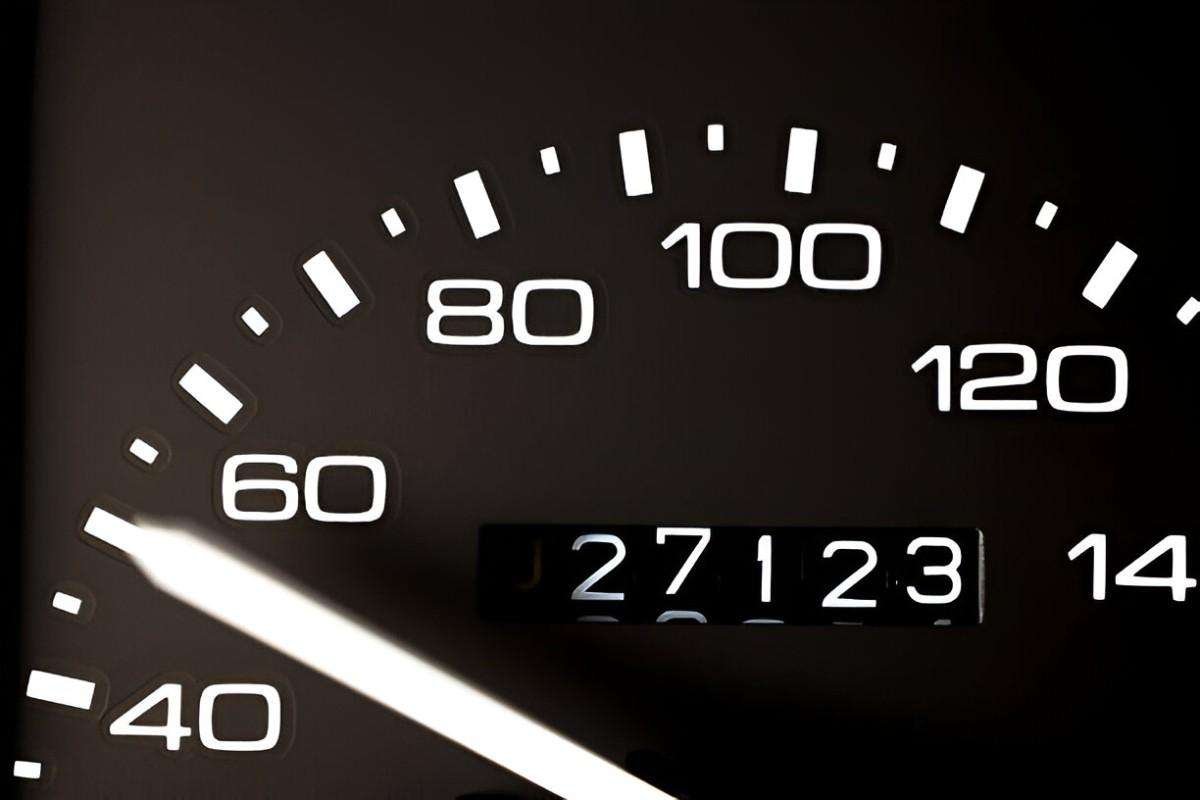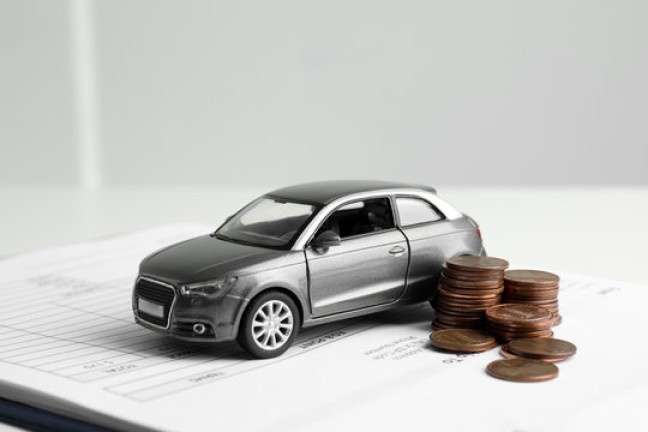Introduction
Buying a high-mileage car can be a practical choice, especially for those looking for a reliable vehicle at a lower price. However, financing such a car isn’t always straightforward. Many banks and lenders hesitate to approve loans for cars with significant mileage due to depreciation and reliability concerns. In this guide, I will explore banks that finance high-mileage cars, compare their offerings, and explain the factors influencing loan approvals.
Table of Contents
Why Banks Hesitate to Finance High-Mileage Cars
Lenders view high-mileage cars as risky assets. The higher the mileage, the greater the likelihood of mechanical failure, reducing the car’s resale value. If a borrower defaults, the bank may struggle to recover the loan amount by selling the vehicle.
However, some banks and credit unions do finance these cars, considering factors like the borrower’s creditworthiness, the car’s condition, and the loan-to-value (LTV) ratio. Some lenders even specialize in high-mileage vehicle loans.
Banks That Offer Loans for High-Mileage Cars
Different banks have different policies regarding high-mileage cars. Let’s look at some banks that finance these vehicles and compare their terms.
| Bank Name | Mileage Limit | Max Loan Term | APR Range | Credit Score Requirement |
|---|---|---|---|---|
| Capital One | No strict limit | 60 months | 4.25% – 10% | 580+ |
| LightStream | No mileage limit | 72 months | 5.99% – 9.49% | 660+ |
| Bank of America | 125,000 miles max | 60 months | 5.39% – 11% | 620+ |
| PenFed Credit Union | No mileage cap | 84 months | 4.44% – 8.99% | 600+ |
| Consumers Credit Union | 150,000 miles max | 72 months | 4.99% – 10.50% | 640+ |
Loan Terms and Considerations
Different lenders use various metrics to determine loan eligibility. The most critical ones include:
1. Credit Score
A good credit score increases your chances of approval. Lenders use credit scores to assess the risk of default. Someone with a score above 700 will likely receive better terms than someone with a score in the 500s.
2. Loan-to-Value (LTV) Ratio
Banks usually cap financing at a percentage of the car’s value. For example, if a high-mileage car is worth $8,000 and the lender allows 80% financing, the maximum loan amount is $6,400. Borrowers must cover the rest as a down payment.
3. Interest Rates
Interest rates depend on credit scores and the car’s condition. High-mileage cars typically attract higher interest rates because of their depreciation rate and repair risks.
Example: Loan Calculation for a High-Mileage Car
Let’s say you want to finance a used Honda Accord with 130,000 miles. It costs $10,000, and you approach PenFed Credit Union for a loan.
- LTV Ratio: 80%
- Loan Amount: $8,000
- Interest Rate: 5.99%
- Loan Term: 60 months
Using a loan calculator:
| Term | Monthly Payment | Total Interest Paid | Total Cost |
|---|---|---|---|
| 36 months | $242.28 | $724.08 | $8,724.08 |
| 48 months | $187.78 | $1,018.44 | $9,018.44 |
| 60 months | $155.96 | $1,357.60 | $9,357.60 |
The longer the term, the more you pay in interest. A shorter-term loan costs less overall but results in higher monthly payments.
Alternative Financing Options
If banks deny financing, other options exist:
Credit Unions
Many credit unions offer flexible auto loan terms, often accepting older cars with high mileage. Membership requirements vary, but they tend to have lower interest rates.
Buy Here, Pay Here (BHPH) Dealers
These dealerships finance high-mileage cars directly, often without strict credit checks. However, interest rates are usually high, making this a costly option.
Personal Loans
Some lenders, such as LightStream, offer unsecured personal loans for car purchases. While this bypasses mileage restrictions, interest rates can be higher than traditional auto loans.
Pros and Cons of Financing a High-Mileage Car
| Pros | Cons |
|---|---|
| Lower purchase price | Higher interest rates |
| Reduced insurance costs | Risk of mechanical failure |
| More lender flexibility | Potential resale challenges |
Tips for Getting a Loan for a High-Mileage Car
- Improve Your Credit Score: A higher score gets you better loan terms.
- Make a Larger Down Payment: A bigger down payment reduces the lender’s risk and increases approval chances.
- Choose a Shorter Loan Term: This lowers the total interest paid.
- Get a Pre-Purchase Inspection: Some lenders require it, and it helps avoid costly repairs later.
- Compare Lenders: Different banks have different policies. Shopping around helps secure the best rate.
Conclusion
Financing a high-mileage car is possible, but not every bank is willing to take on the risk. Some lenders, like PenFed and Consumers Credit Union, specialize in such loans, while others have mileage restrictions. Understanding credit score requirements, interest rates, and LTV ratios is key to securing a favorable loan. Always compare offers and consider alternative financing methods before making a decision.





